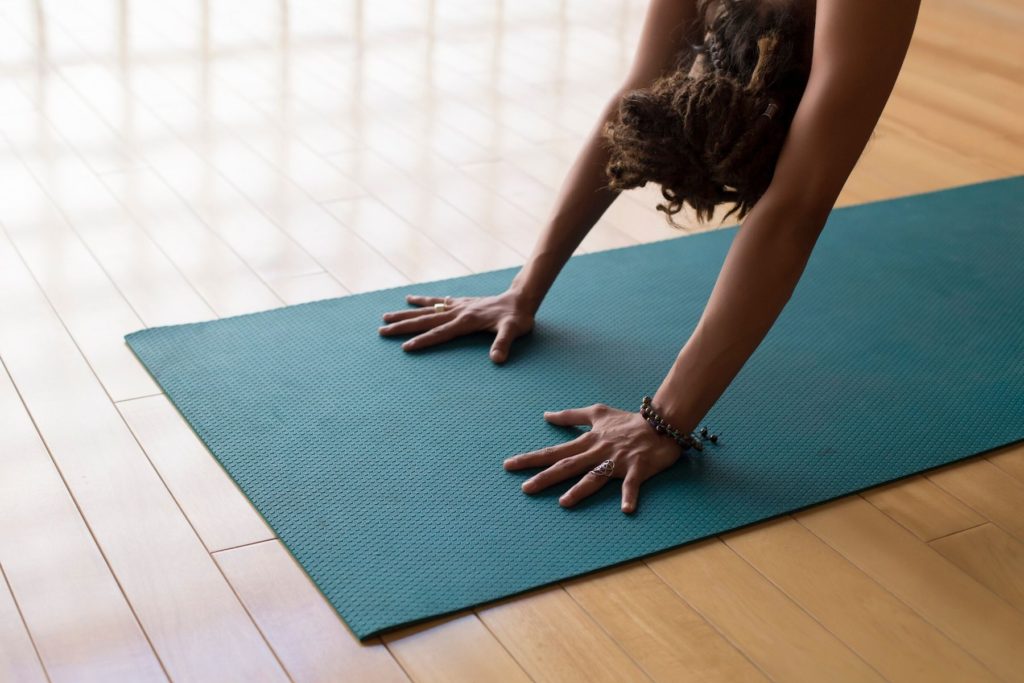

.
Yoga.
What does yoga mean to you? Think of your own definition.
Do you define yoga by the postures you do – from sun salutations to savasana – or do you think of it as a meditation in movement and mindfulness?
Maybe a combination of the two.
Let’s break down the definition of yoga to uncover the true meaning and purpose of yoga.
The dictionary definition of yoga:
Yo.ga (n)
1: capitalized : a Hindu theistic philosophy teaching the suppression of all activity of body, mind, and will in order that the self may realize its distinction from them and attain liberation.
From the Merriam-Webster dictionary
The word yoga comes from the Sanskrit root “yuj” meaning to “join” or to “yoke.” The idea of union is still prevalent in yoga today and seen in our dictionary definition bringing together the body, mind and self(or spirit).
We need to break down yoga into its three parts before we find the union.
Body
We begin in the physical aspect of yoga. For I am sure many of your definitions of yoga had a physical component. Whether that be imagining hands stands, pushups or sitting on the floor in a meditative state, our “western” definition of yoga is typically a form of exercise.
With the thousands of different studios and the countless styles of yoga the exact physical benefits or level of physicality differs ranging from primary fitness class, to restorative to an active recovery, we can derive three aspects of physical yoga.
- Strength: Again this differs from the style of yoga, some classes have a very small strength component whereas others such as yoga sculpt are primarily strengthening.In a typical vinyasa class you have long squat holds, lunges, and chaturanga push ups. With all of the different postures it can be a full body strengthening exercise engaging the legs, core and shoulders.
- Stretching: Yoga can be a great active recovery, by incorporating both dynamic and static stretching. Long hold and breath work helps to improve flexibility while flowing through postures increases range of mobility. Yoga also puts a lot of emphasis on improving posture, by opening the shoulders and chest while strengthening the spine all while standing as tall as a mountain.
- Presence: Our third aspect of the body breeches a bit into the mind realm as well; it is finding a connection with our own physical self. Yoga preaches physical acceptance, listening to physical limits, and owning the body and the practice that we have. We can have many expectations on what we should look like both in and out of class, yet yoga reminds us that there is no competition, there is no right and wrong but the focus is how we feel in this moment, with this body.
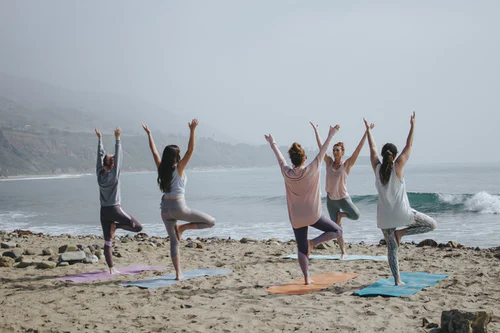
Mind
The brain is a very complex organ, with science not fully understanding every aspect and the differences between you and me. Dopamine, serotonin, endorphins are just some of the chemical systems that make us feel happier, safer and more at peace after a yoga session; the how and why can become complex.
With all of the emotions and mood a person can have, let’s concentrate on the one most sought out of a yoga class and maybe part of your why…
Calm
Many practitioners start yoga or continue to practice yoga for the sense of calm, and respite from the chaotic world.
With 24 hour access to social media, news and “notifications” it can be extremely difficult to rest the mind. Calm is now something we must actively seek. With this access, and the recent pandemic where we are constantly poised for attack.
In a physiological sense, we are almost always in flight or fight mode, our sympathetic nervous system is constantly running, and our nerves are constantly on high alert.
Deep breathing is the fastest method to turn on the parasympathetic system, or the counterpart to flight or fight which is rest and restore.
Have you ever been to a yoga class where the instructor wasn’t telling you to breathe deeply?
Breathing is intimately connected to our emotions, as we get anxious our breath gets shallow and rapid and as we breathe in deeply we change our nervous system, to change our emotions.
To Yoke
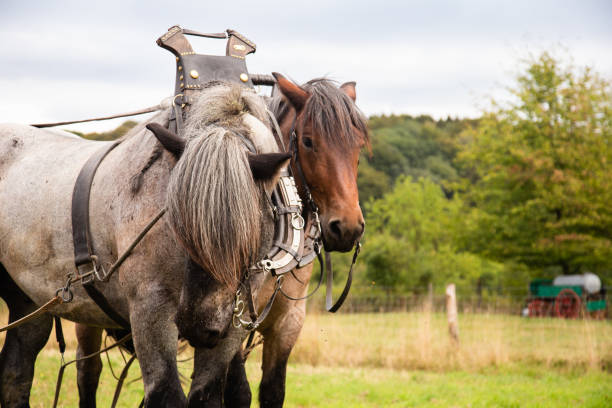
The Sanskrit word for yoke is yuj, which was a physical device used to join cattle, specially used to break war horses. Long ago, yoga was the technique used to calm the horses down so that they could be used in the work of war.
So how did we go from breaking horses to studios across the world, and its own line of athleisure clothing?
An ancient Hindu text, the Katha Upanishad, states that we must seek to understand or “the mind runs hither and thither like wild horses.” It was here that the change began taking place; that the external and physical tool to calm a horse was brought to an internal act of calming the mind.
Soul
The last and hardest part to separate: the Spirit of yoga.
What even is the soul?
Yoga was a spiritual practice long before yoga was an inspiration for clothing lines, before you could find a studio in every city, and before it was mainstreamed to be available in every home.
5000 + years ago yoga in India was a practice to obtain the higher self.
Buddhists believe that a person contains two selves:
-
The ego, or the thinking self
-
The higher authentic self
The purpose of yoga was to connect, or to unify the true self with the universal self or that which is in all.
Without including our soul, Yoga is only a series of stretching.
The soul is a vital part of yoga.
That does not mean you have to be a believer in Buddhism to practice yoga.
Essentially, it is about connecting your true self in the practice and becoming fully engaged in the process. It’s about opening up your heart to change and your mind to become calm.
It is leaving the outside world just for the hour of class.
Which brings us to union…
For it is hard to reach the soul without quieting the mind and the body.
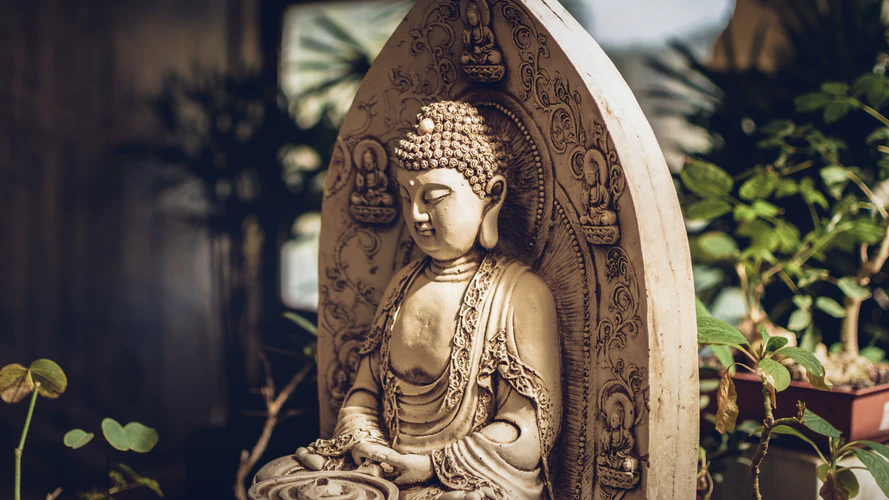
Union
Yoga became a physical practice as a tool to quiet the mind. Many people, including myself, struggle with meditation. To sit in repose and quiet the mind for even two minutes can seem impossible. We inevitably end up fidgeting, thinking about everything on our to-do list, or falling asleep.
Our ego mind is meant for thought.
We work the body in conjunction with the breath so that we can more easily sit in stillness. It is in the in stillness of body and mind that we make space for our soul. We can never fully empty out our mind of thought, but we can become more engaged in stilling the mind by being less judgmental, less controlling and more involved in our sense of thought.
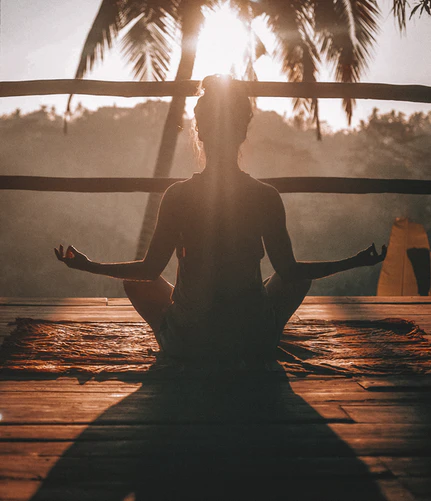
Leading to Savasana; to the culmination of practice. Where the body, and the mind are still enough to allow space for the soul.
Where the breath and body have moved in union leaving this feeling of engagement and of wholeness.
Next time you are in class contemplate not just the poses, the mind but look for the third aspect ; the heart and soul. Find the bridge between the body and mind to find union.
Become fully present: body, mind, and soul.
